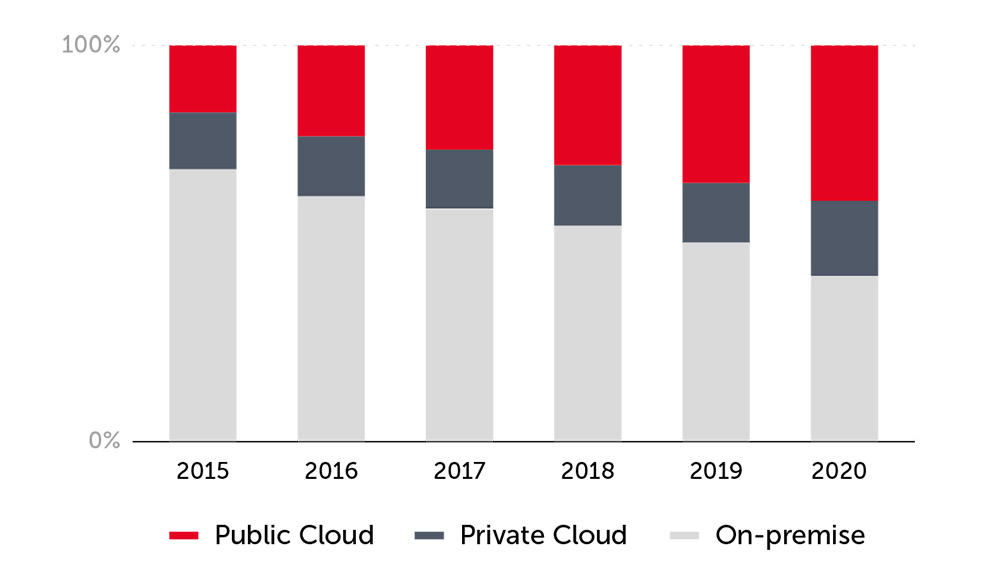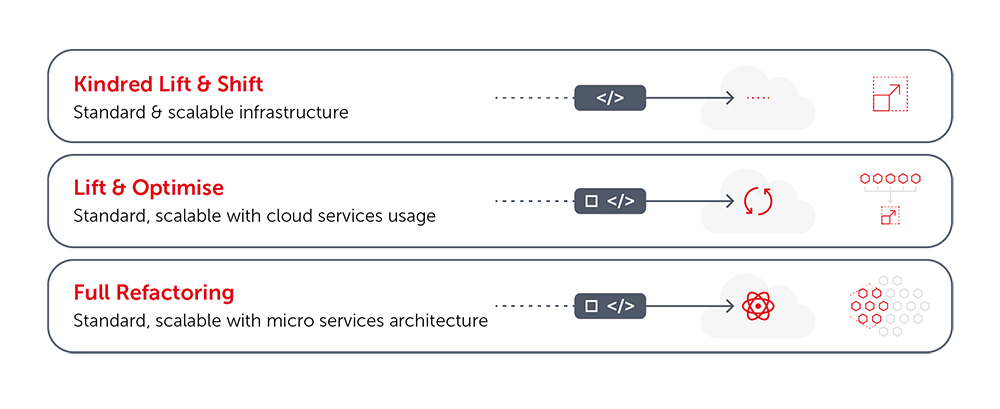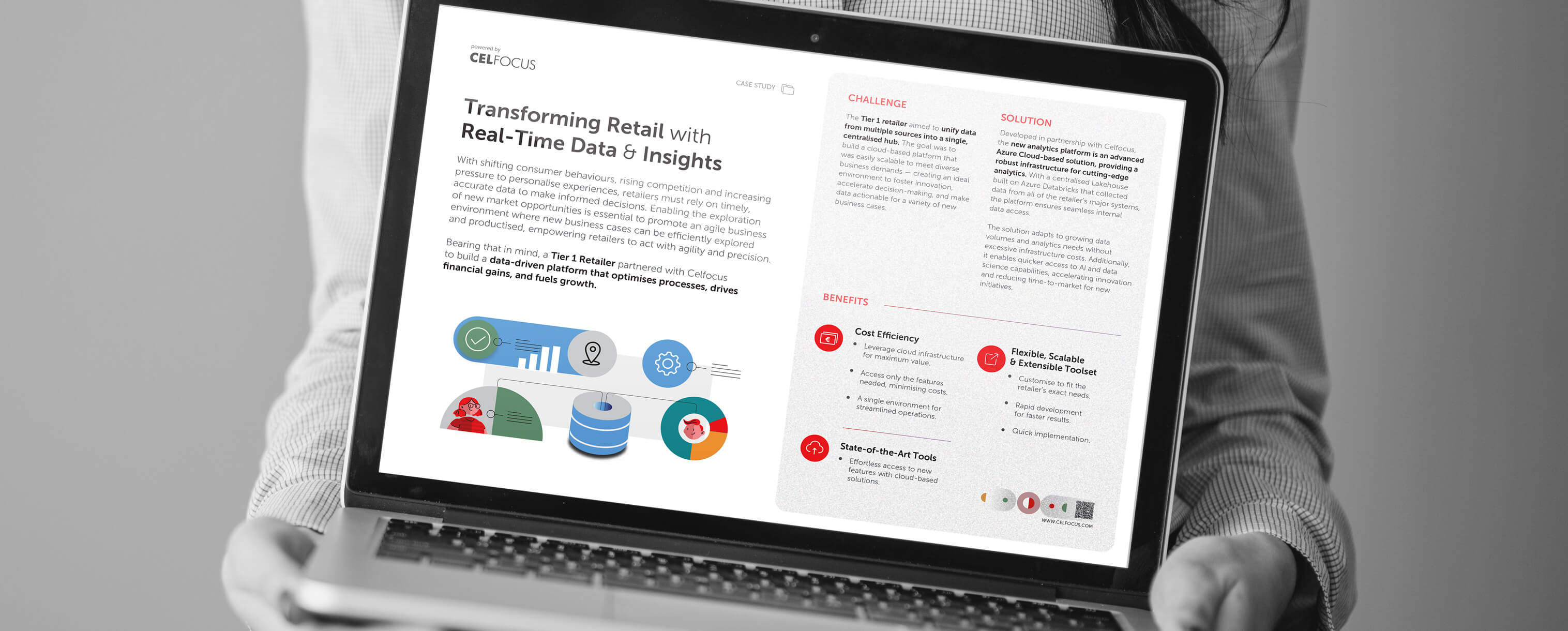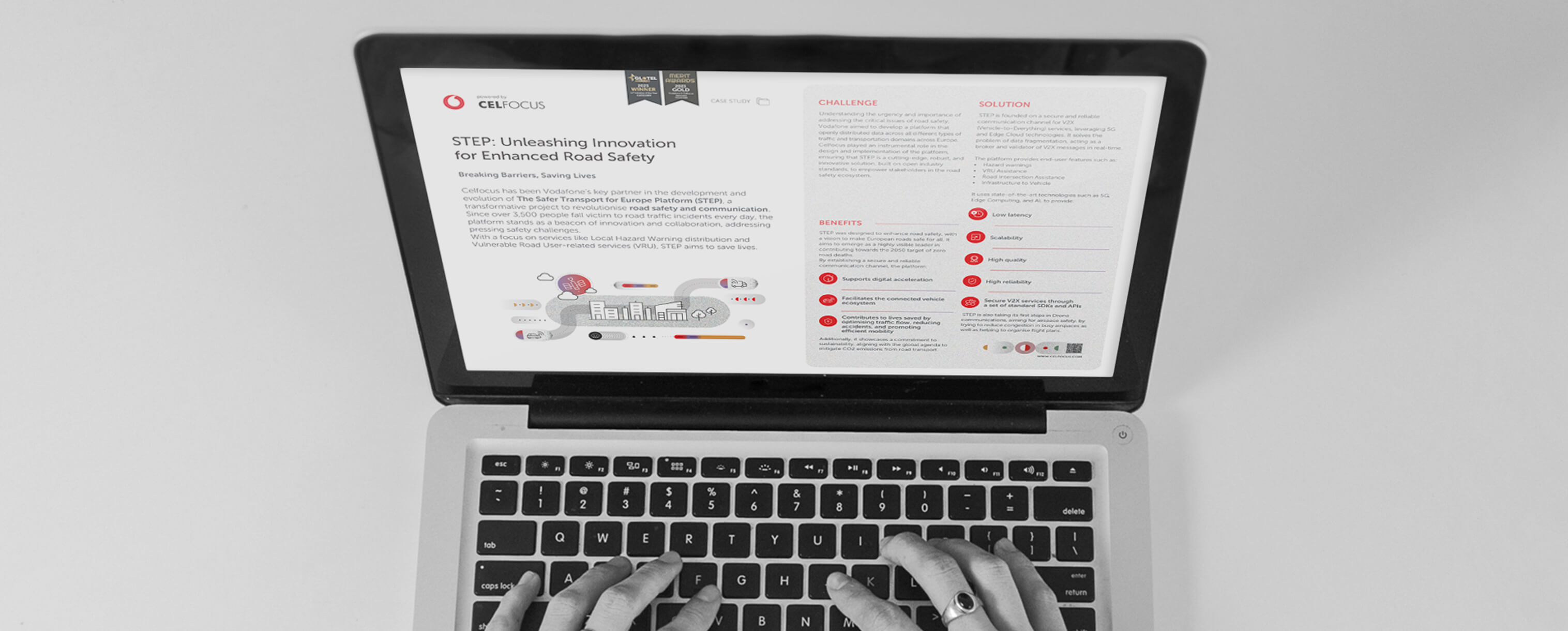|---Module:text|Size:Small---|
A successful migration is a competitive advantage, allowing faster capacity to adapt to business demands in real-time.
Guaranteeing a Smooth Transition to the Cloud Without Disrupting Business
Infrastructure and Operations departments are under massive pressure to migrate their on-premise system workload to the cloud for cost reduction, business flexibility increase and security improvement.
A successful migration is a competitive advantage since it allows a faster capacity to adapt to business demands in real-time. To guarantee its success, each migration process must be considered unique and requires careful planning. IT Leaders’ main challenges is to define the starting point or understand the critical approach vectors, stages, technology, security policies and the transformation required to garner the best from cloud provider services.
|---Module:image|Size:Small---|

|---Module:text|Size:Small---|
“What will be migrated?”, “Why is it being migrated?” and “How will the migration be executed?” Celfocus created a migration framework that allows clients to identify the best strategy and best capture the value of cloud migration. But, before introducing Celfocus’s approach, we’ll go through the Celfocus delivery approach to understand how the company frames it in different delivery methodologies.
|---Module:text|Size:Small---|
How Cloud Migration fits with different Delivery Methodologies
Waterfall Solution Framework
- The recommended approach when the requirements are very clear and are not expected to change.
- Cloud Migration Design and Requirements are defined at the start of the project. During the build phase, Celfocus engages with the different stakeholders to guarantee the appropriate alignment with the Deploy phase, after which it delivers stabilisation support.
Celfocus Agility Flow
- Used when several different modules can move independently to the cloud. With this approach, there is a decrease in risk since the solution’s smaller modules will be moving to the cloud.
DevOps Delivery Approach
- A collaborative and iterative approach to moving to the cloud, prioritizing the first workload and increasing the number of modules being migrated according to the priorities defined with the client.
|---Module:text|Size:Small---|
Celfocus Cloud Migration Approach Models
There are three major approach categories to Cloud Migration:
- from traditional on-premise infrastructure to cloud equivalent structures;
- A transition to cloud-based architecture, with the required adjustments and optimisations to use the improved cloud features;
- A complete transformation to cloud-based architecture, with full refactoring to make the most of its advantages.
|---Module:image|Size:Small---|

|---Module:text|Size:Small---|
The first approach is the most straightforward way to migrate, taking the components and installing them on an equivalent cloud architecture. In essence, the infrastructure is copied as-is - the same network layering, equivalent hardware capacity and same functionalities. Using this approach, gains in the day-to-day infrastructure management as it becomes standardized are easily detectable.
The second type of transition is the most common. It entails migrating the on-premise components to a cloud-based architecture mindset, using most of its advantages and shedding some of a full migration’s weight. Most on-premise components can benefit from transitioning from standard hardware to a cloud-based equivalent with no performance loss.
In the final approach, rather than migrate the current components, the whole solution is analysed, redesigned, and adjusted so that its functionality and purpose are not only maintained but upgraded. It is, in fact, a total transformation from traditional to cloud-based architectures. Services become containerised micro-services, network and hardware and their monitorisation are managed by built-in solutions, and cloud services provide functionalities like databases. It is an opportunity to improve current implementation and future-proof it dramatically.
Celfocus implements the approaches in discrete steps:
- Get it right: In-depth study of the on-premise technologies and processes;
- Strategy: Define the journey and the strategy to achieve it, detail the solution’s design in the cloud. Design and prepare automation for the migration;
- Plan: Plan a phased migration, starting with stateless and ending with the stateful components, define a governance model with all the key stakeholders;
- Migrate: Execute data and application migration, adapt and transform according to the defined design;
- Optimise: Evaluate performance, refine sizing and adjust the services required for the solution in the cloud;
- Test & Operate: Follow a strict Operational Readiness process, execute a security audit, test both infrastructure and application according to the migrated business process. Go live with the solution in the cloud.
This step-by-step activates the specialist teams on a need-to basis and gives us a clear landmark-based timeline to plan around and deliver. This, in turn, allows real-time process visibility for clients and keeps track of the executed activities in a macro view.





















